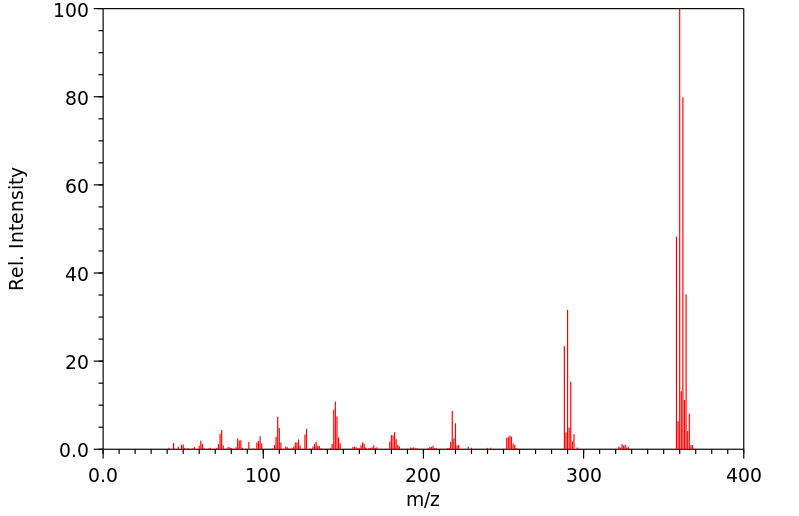代谢
一种被命名为H850的脱氮副球菌菌株能够迅速降解广泛且不寻常的多氯联苯(PCBs)谱系,已经被分离并进行了特性描述。这个菌株是从含有PCB的疏浚废料中分离出来的,它在联苯和2-氯联苯上生长良好,但在3-氯联苯和4-氯联苯上生长不良。毛细管气相色谱分析显示,H850菌株在联苯上生长的静息细胞降解了Aroclor 1242中的41个最大峰中的38个组分,以及Aroclor 1254中的44个最大峰中的15个组分,导致Aroclor 1242(10 ppm)的PCBs总体减少了81%,Aroclor 1254(10 ppm)的PCBs总体减少了35%,在2天内。H850代谢了主要是邻位取代的PCB同系物。同系物选择性的模式表明,一个由缺氧脱氯随后通过H850氧化的两步过程可以有效降解Aroclor 1242中的所有同系物,也可能降解Aroclor 1254中的所有同系物。
A strain of Alcaligenes eutrophus, designated H850, that rapidly degrades a broad and unusual spectrum of polychlorinated biphenyls (PCBs) has been isolated and characterized. ... This strain was isolated from PCB-containing dredge spoils, grows well on biphenyl and 2-chlorobiphenyl but poorly on 3- and 4-chlorobiphenyl. Capillary gas-chromatographic analysis showed that biphenyl- grown resting cells of H850 degraded the components of 38 of the 41 largest peaks of Aroclor 1242 and 15 of the 44 largest peaks of Aroclor 1254, resulting in an overall reduction of PCBs by 81% for Aroclor 1242 (10 ppm) and 35% for Aroclor 1254 (10 ppm) in 2 days. H850 metabolized the predominantly ortho- substituted PCB congeners. ... The congener selectivity patterns indicate that a two-step process consisting of anaerobic dechlorination followed by oxidation by H850 can effectively degrade all of the congeners in Aroclor 1242 and possibly all those in Aroclor 1254.
来源:Hazardous Substances Data Bank (HSDB)







